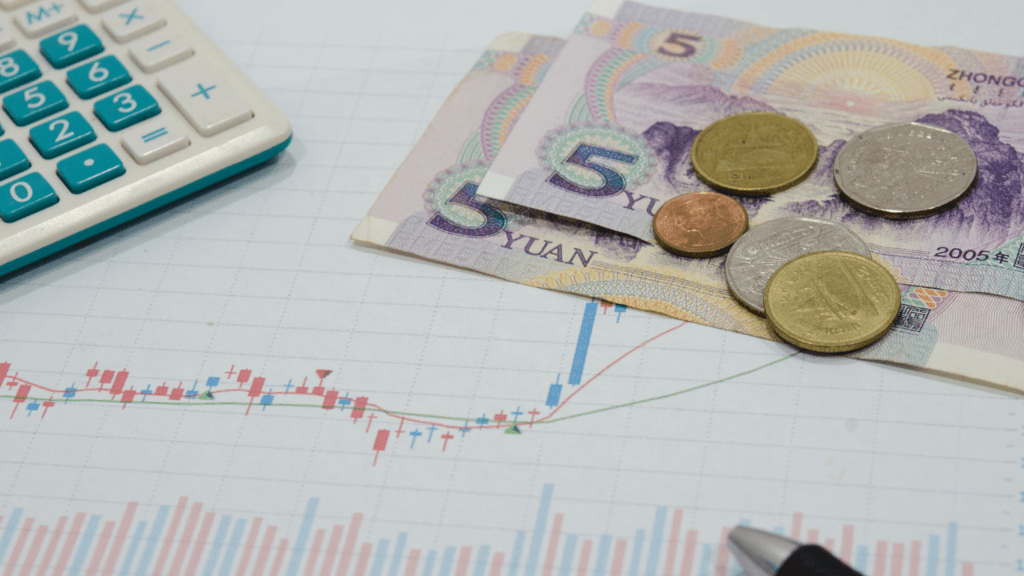In the fast-evolving world of digital assets, NFTs (Non-Fungible Tokens) have emerged as a groundbreaking innovation, reshaping the way we perceive and own collectibles. As an avid enthusiast of both technology and art, I’ve witnessed firsthand the meteoric rise of NFTs and their transformative impact on the world of digital memorabilia.
From digital art pieces to virtual real estate, the concept of owning unique digital assets through blockchain technology has opened up a new realm of possibilities for creators and collectors alike. As I delve deeper into the realm of NFTs and collectibles, I’m excited to explore how these digital tokens are not just changing the way we collect, but also how they are redefining the very notion of value in the digital age.
Join me on this captivating journey as we unravel the mysteries behind NFTs and delve into the fascinating world of digital collectibles where value is no longer confined to the physical realm.
Evolution of NFTs and Collectibles
Exploring the evolution of NFTs and collectibles unveils a fascinating journey through the digital landscape. As a tech and art enthusiast, I delve into the dynamic shifts reshaping how we perceive and own digital memorabilia.
The fusion of blockchain technology and creativity has sparked a revolution, propelling NFTs to the forefront of digital assets. Embracing digital collectibles is not merely a trend but a seismic transformation in the concept of value in the modern era.
The metamorphosis from physical to digital ownership transcends traditional boundaries, offering creators and collectors unprecedented opportunities to redefine the essence of ownership and uniqueness.
Factors Driving Value Growth
Rarity and Scarcity
- Rarity and Scarcity Enhance Value: Limited availability of digital assets and collectibles boosts desirability among collectors and investors, as scarcity fosters a sense of exclusivity.
- Exclusivity Drives Demand: The release of a limited number of NFT art pieces by renowned artists amplifies their appeal, making them highly sought-after in the market due to their perceived value.
Demand and Trend Influence
The demand for NFTs and digital collectibles is a significant factor influencing their value growth. As digital assets gain popularity among a diverse audience, the demand for unique and valuable collectibles increases.
Emerging trends in the NFT space, such as collaborations between artists and brands, can trigger spikes in demand for specific collectibles, leading to higher valuations. Influential factors like celebrity endorsements, social media buzz, and cultural relevance also contribute to the fluctuation in demand, consequently impacting the value appreciation of digital memorabilia.
Investing in Digital Memorabilia
Investing in digital memorabilia offers an exciting glimpse into the future of collectibles. As a technology and art enthusiast, I’ve seen traditional collectibles evolve into valuable digital assets through NFTs (Non-Fungible Tokens). The combination of blockchain technology and creativity has transformed concepts of value and ownership.
Several factors contribute to the growing desirability of NFTs. Rarity and scarcity significantly increase the worth of digital assets, making exclusive releases from renowned artists highly sought-after. Additionally, demand is driven by trends such as artist-brand collaborations and celebrity endorsements.
Exploring digital memorabilia investment reveals how we perceive and acquire collectibles in the digital age. The evolving NFT landscape presents unique opportunities for investors, blending creativity, technology, and value to redefine the future of collectibles.
Challenges and Risks
Exploring NFTs and digital collectibles reveals a world of opportunities alongside significant challenges and risks for creators and investors. As a fan of innovative technologies and digital art, it’s crucial to consider these obstacles in this evolving landscape.
One major challenge is ensuring the authenticity and provenance of digital assets. While blockchain offers transparency and security, verifying the legitimacy of NFTs remains essential to protect against fraud and maintain value.
Additionally, the rapid evolution of blockchain technology raises concerns about the compatibility and longevity of digital assets. Creators and collectors must proactively address the potential impacts of technological changes on NFT accessibility and functionality.
Market volatility also poses risks, as demand fluctuations, shifting trends, and speculative valuations can create uncertainty. Understanding and mitigating these market dynamics and consumer preferences are vital for successfully navigating the NFT landscape.





